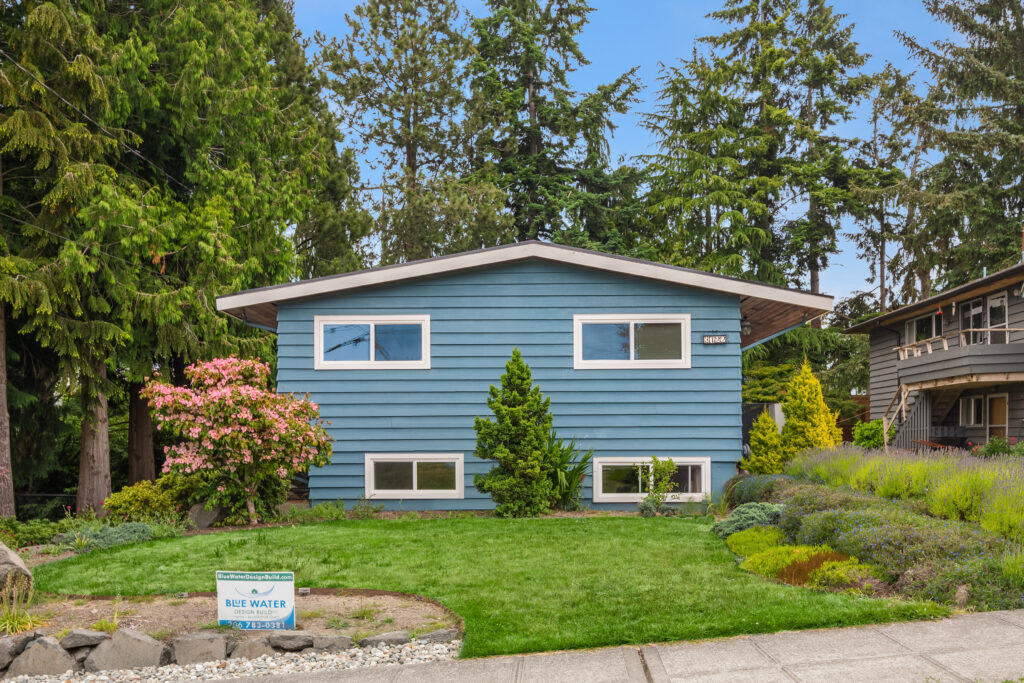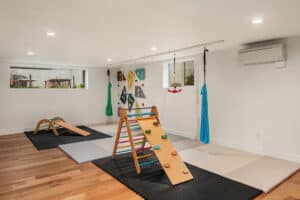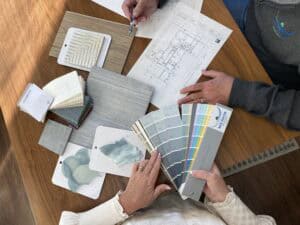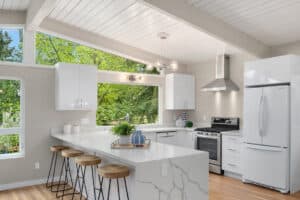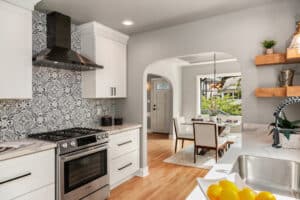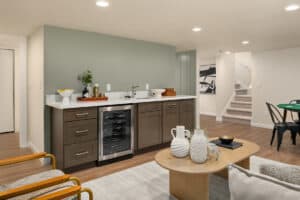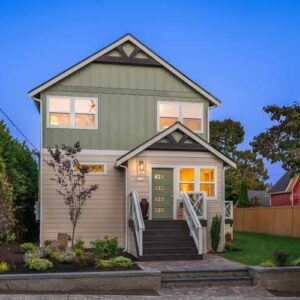Remodeling your home in Seattle is an exciting journey, but before swinging the first hammer, it’s critical to understand the city’s permitting and regulatory landscape. Whether you’re adding a second story, remodeling a kitchen, or converting a basement, Seattle’s building codes and permit requirements can significantly impact your timeline, budget, and even design choices.
In this guide, we’ll walk you through the essentials of navigating permits and regulations for your Seattle remodeling project, so you can renovate confidently and compliantly.
Why Permits Matter in Seattle
Permits are more than just paperwork—they ensure your remodel meets safety standards, environmental guidelines, and zoning laws. Here’s why they matter:
- Safety Compliance: Ensures structural, electrical, and plumbing work is up to code.
- Legal Protection: Avoids fines, stop-work orders, or issues when selling your home.
- Resale Value: Homes with permitted work are more attractive to buyers and lenders.
- Insurance Coverage: Unpermitted work may void homeowners insurance in the event of a claim.
When Do You Need a Permit in Seattle?
In general, the City of Seattle requires permits for any project that involves:
- Structural changes (e.g., removing or adding walls)
- Electrical or plumbing work
- New window or door openings
- Additions or conversions (e.g., basement ADUs, garages)
- Major remodels or significant layout changes
Common remodels that typically require permits:
| Project Type | Permit Needed? |
| Kitchen remodel (with layout/plumbing changes) | ✅ Yes |
| Bathroom remodel | ✅ Yes |
| Basement finishing/ADU conversion | ✅ Yes |
| Window replacement (same size) | 🚫 Often No |
| Interior painting or flooring | 🚫 No |
For the latest rules, visit the Seattle Department of Construction & Inspections (SDCI) website.
Key Permit Types for Residential Remodeling
Here are the primary permit types Seattle homeowners should know about:
Building Permit
Required for most structural work, additions, or changes to the home’s envelope.
Electrical Permit
Needed for wiring upgrades, outlets, lighting, or service panel changes. Often pulled by a licensed electrician.
Plumbing Permit
Required when relocating or installing new plumbing fixtures like sinks, tubs, or water heaters.
Demolition Permit
Required for tearing down parts of your home, such as garages or interior walls (if structural).
Zoning, Historic Districts, and Design Reviews
Seattle has strict zoning and land use codes that dictate what you can and cannot do with your property. Before you design your dream addition, be sure to check:
- Setback requirements: Minimum distance from property lines
- Lot coverage: Maximum footprint your home can occupy
- Height restrictions: Especially relevant in view-sensitive areas
- Historic landmarks or districts: Special review may be needed for properties in areas like Queen Anne, Capitol Hill, or the Central District
Pro Tip: Use Seattle’s GIS Zoning Map to check your lot’s zoning and overlay conditions.
The Seattle Permitting Process: Step-by-Step
- Pre-Planning & Feasibility
- Work with an architect or design-build firm to assess what’s allowed on your property.
- Work with an architect or design-build firm to assess what’s allowed on your property.
- Permit Application
- Submit drawings, site plans, and forms to SDCI. Some projects qualify for the STFI (Subject-to-Field-Inspection) permit—faster and simpler!
- Submit drawings, site plans, and forms to SDCI. Some projects qualify for the STFI (Subject-to-Field-Inspection) permit—faster and simpler!
- Plan Review
- City reviewers evaluate for code compliance. This can take several weeks depending on project complexity.
- City reviewers evaluate for code compliance. This can take several weeks depending on project complexity.
- Permit Issuance
- Once approved, you’ll receive your permit and can begin construction.
- Once approved, you’ll receive your permit and can begin construction.
- Inspections
- Required at key milestones: framing, electrical, plumbing, final. The city inspector ensures work is code-compliant.
- Required at key milestones: framing, electrical, plumbing, final. The city inspector ensures work is code-compliant.
Tips for a Smooth Permitting Experience
Hire professionals familiar with Seattle codes. A local architect or design-build team can navigate red tape and streamline the process.
Account for timeline delays. Permitting and reviews can take anywhere from 2–12 weeks or more depending on project scope.
Be transparent with your scope. Trying to “sneak by” unpermitted work can backfire during future inspections or resale.
Use the Seattle Services Portal. You can submit applications, track status, and schedule inspections online: Seattle Services Portal
Let’s Build It Right, Together
Permitting might seem overwhelming, but with the right guidance, it becomes a clear and manageable part of the remodeling process. At Blue Water Design Build, we bring extensive experience navigating Seattle’s permit landscape.Thinking about a remodel? Let’s talk about your vision, and we’ll take care of the details, including the permits.
